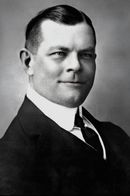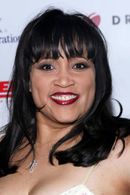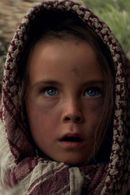Charles Urban, a pioneering American filmmaker, was born on April 14, 1867, in Cincinnati, Ohio, and passed away on August 29, 1942, in Brighton, United Kingdom.
Urban's career spanned multiple genres, including travel films, war reports, exploration films, sports films, commercials, and natural history films, all produced through his company, Charles Urban Trading Company. He collaborated with numerous notable filmmakers, including Jack Avery, Joseph Rosenthal, Charles Rider Noble, Harold Mease Lomas, Frank Ormiston-Smith, George Rogers, J. Gregory Mantle, and F. Percy Smith.
One of his most successful films was The Balancing Bluebottle (1908),directed by F. Percy Smith, which featured a fly balancing objects with its legs. This film showcased Urban's innovative approach to filmmaking.
In 1906, Urban, along with George Albert Smith, developed a groundbreaking process in England called Kinémacolor, which recreated the impression of partial colors in cinema. This process was used in over 250 short films and was marketed in 1911.
In 1913, Urban built the Théâtre Édouard VII in Paris, a cinema that utilized Kinémacolor technology. He sold the theater to Alphonse Franck the following year.
After the war, Urban returned to the United States and re-established himself as a producer of educational films through his company, Urban Motion Picture Industries Inc. He produced several series, including Urban Movie Chats (launched in 1919) and Kineto Review (launched 1921),as well as feature documentaries like The Four Seasons (1921) and Evolution (1923).
Urban built a large studio in Irvington, New York, where he planned to introduce a new color film system called Kinekrom, based on the old Kinemacolor, and to distribute educational films on disc using the Spirograph. However, his business interests collapsed in 1924, and he returned to the UK in the late 1920s.
Urban passed away on August 29, 1942, at the age of 75, in Brighton, United Kingdom.














